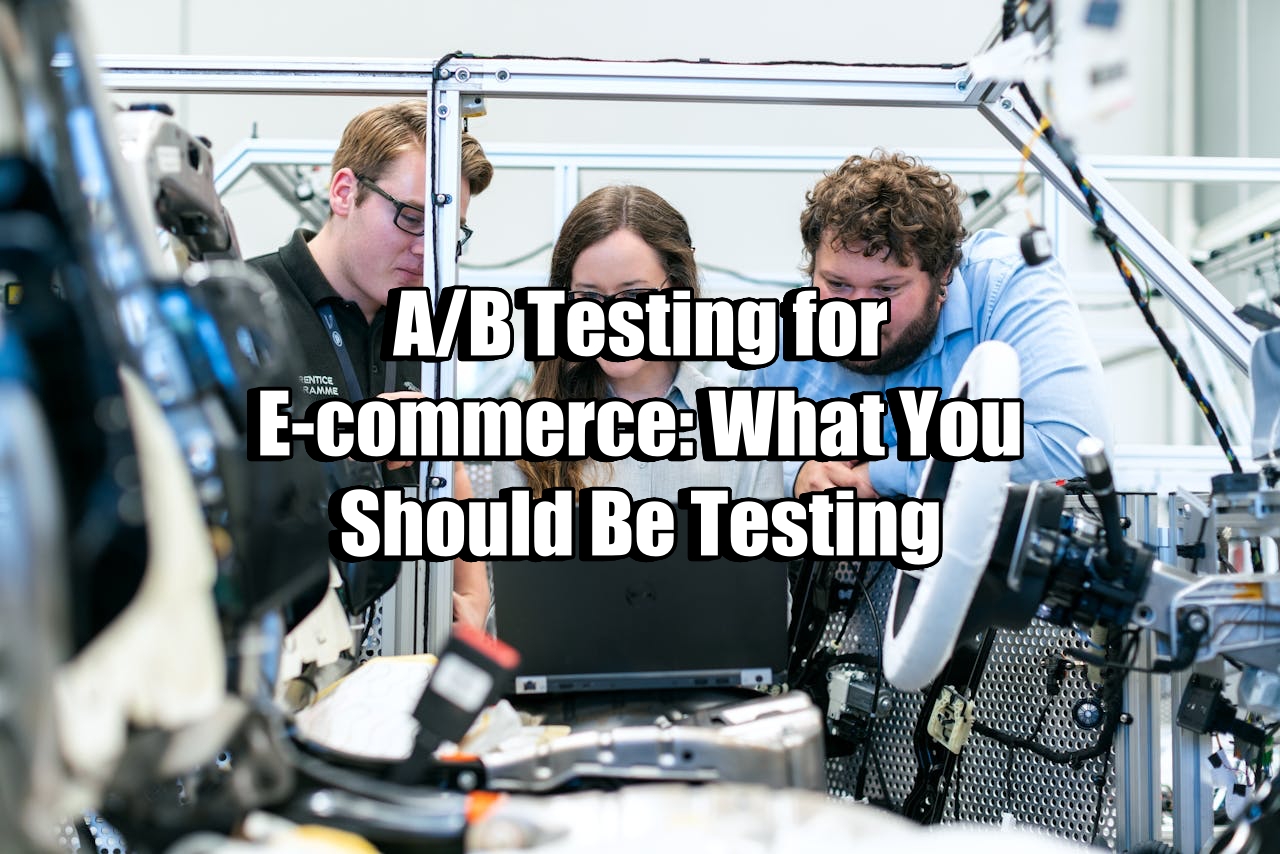Skip to content
A/B Testing for E-commerce: What You Should Be Testing
In the fast-moving world of e-commerce, even the smallest tweaks to a website or marketing campaign can lead to major shifts in customer behavior. That’s where A/B testing—also known as split testing—comes in. It’s the method of comparing two versions of a webpage, email, or app feature to determine which performs better. But what exactly should you be testing?
Here’s a breakdown of the most impactful elements e-commerce businesses should test to boost conversions, increase revenue, and improve user experience.
1. Product Page Layouts
Your product pages are your digital salespeople. Testing different layouts—image sizes, product descriptions, CTA placements—can reveal what helps customers better understand and desire your products. For example, does a longer description boost trust, or does a more visual layout convert faster?
Test ideas:
-
Thumbnail gallery vs. large hero image
-
Short vs. detailed product descriptions
-
Customer reviews placement (top vs. bottom)
2. Call-to-Action (CTA) Buttons
Your CTA is the tipping point between browsing and buying. Testing variations in CTA design and wording can significantly influence conversion rates.
Test ideas:
-
Button text (“Add to Cart” vs. “Buy Now”)
-
Button color and size
-
Placement on the page
3. Homepage Banners and Promotions
First impressions matter. The homepage often sets the tone and directs users to current promotions or bestsellers. A/B testing can help identify which banners, headlines, and hero images drive more engagement.
Test ideas:
-
Static vs. rotating banners
-
Value-based headlines (“Free Shipping” vs. “20% Off”)
-
Promotional image types (lifestyle vs. product-only)
4. Pricing and Discounts
Testing different pricing strategies or discount formats can help you understand what motivates your customers without cutting too deep into your margins.
Test ideas:
-
Dollar-off vs. percentage-off discounts
-
Bundled pricing vs. individual items
-
Limited-time urgency messaging
5. Navigation and Menu Structure
A streamlined shopping experience keeps users engaged and reduces bounce rates. Poor navigation can cost you sales, so testing alternative menu layouts is essential.
Test ideas:
-
Mega menu vs. dropdown
-
Category order and naming
-
Search bar visibility and placement
6. Email Campaigns
Email is still one of the highest-converting marketing tools. A/B testing subject lines, content, and send times can directly affect your open and click-through rates.
Test ideas:
-
Personalized subject lines vs. generic ones
-
Product-focused content vs. storytelling
-
Morning vs. evening sends
7. Checkout Process
Cart abandonment is a major challenge in e-commerce. Streamlining the checkout process can reduce friction and improve completion rates.
Test ideas:
-
One-page checkout vs. multi-step
-
Guest checkout option vs. required account
-
Trust badges (secure payment icons, money-back guarantees)
Final Thoughts
A/B testing is not just a one-off task—it’s a continuous process of learning and optimization. Start with the elements that have the most direct impact on your bottom line, and always test one variable at a time to isolate what works. With consistent testing, data-driven insights will guide your e-commerce store toward higher performance and profitability.

No responses yet